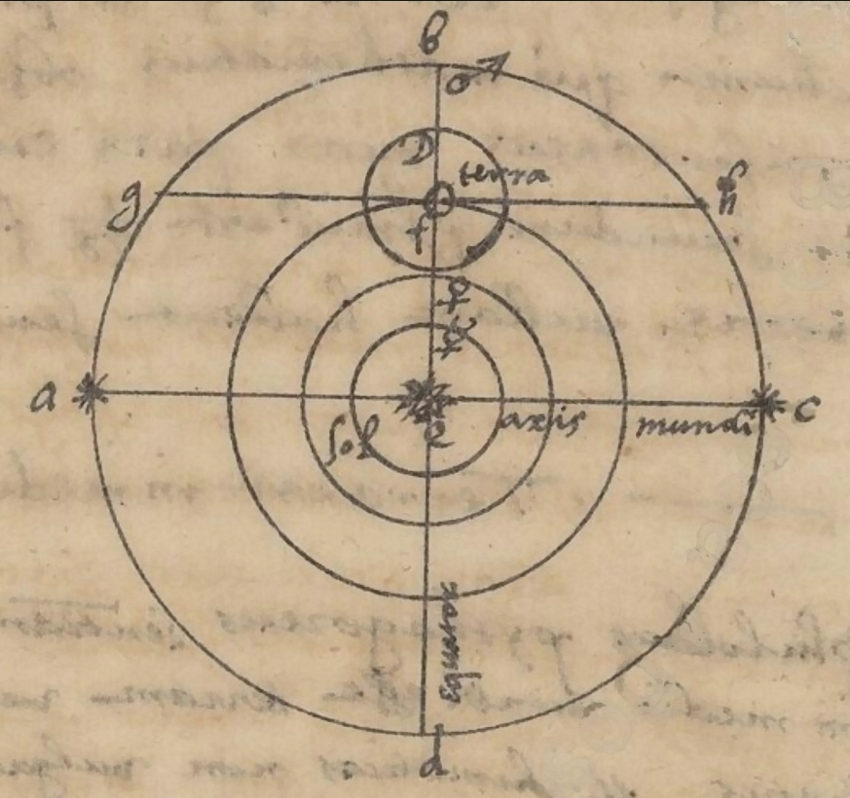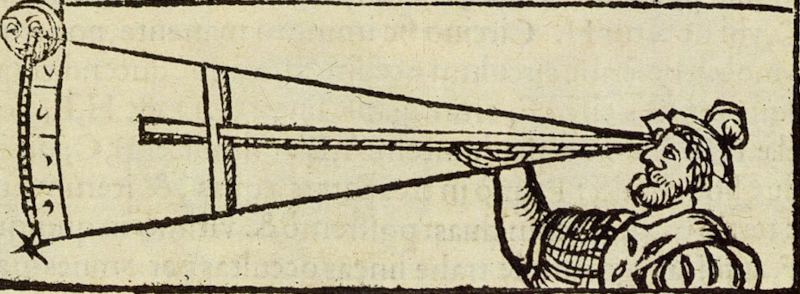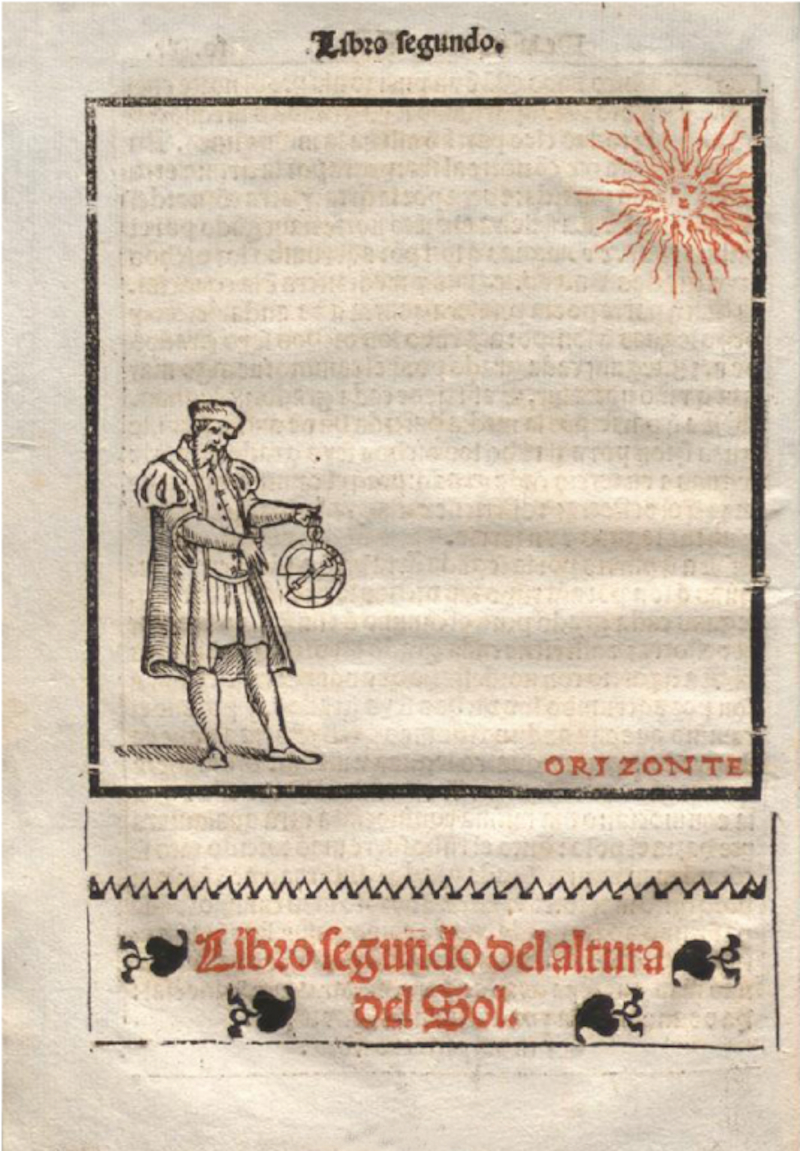
Jerónimo Muñoz (Valencia, cir.1520-Valladolid?, 1591) is undoubtedly one of the most outstanding scientists in Valencian and Spanish history. He was a Professor of Hebrew at the University of Ancona and of Mathematics and Astronomy at the universities of Valencia and Salamanca. During his life, he enjoyed immense prestige in Spain as well as in Europe, in particular, for his work on the supernova of 1572. A work that is widely cited and commented on by the best European astronomers, and one that is still used to study the remnant of this phenomenon. Although he made few publications in his lifetime, he left an important volume of manuscripts on the different branches of mathematics and astronomy of the time and their applications, testimony of his activities and teachings in the universities. In short, his intellectual personality corresponds to the scientists-technicians-humanists of the Renaissance period who contributed to creation of the conditions that made modern science and its emergence possible.

In this exhibition, fifteen panels show the most relevant aspects of the life and work of Jerónimo Muñoz. The panel texts are written by by Amelia Ortiz Gil and Fernando Ballesteros Roselló of the Astronomy Observatory of the Universitat de València and Enric Marco Soler of the Department of Astronomy and Astrophysics.












